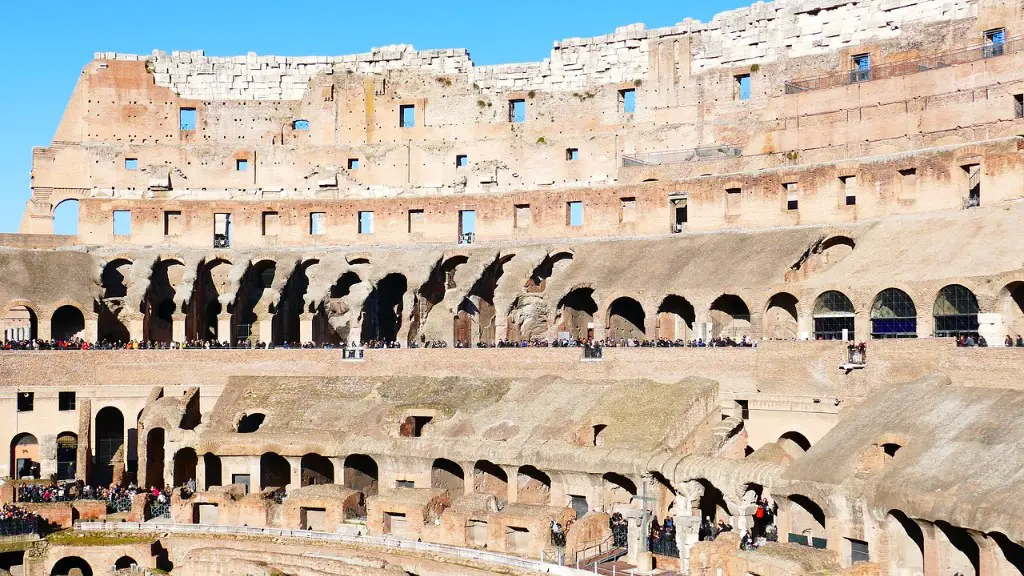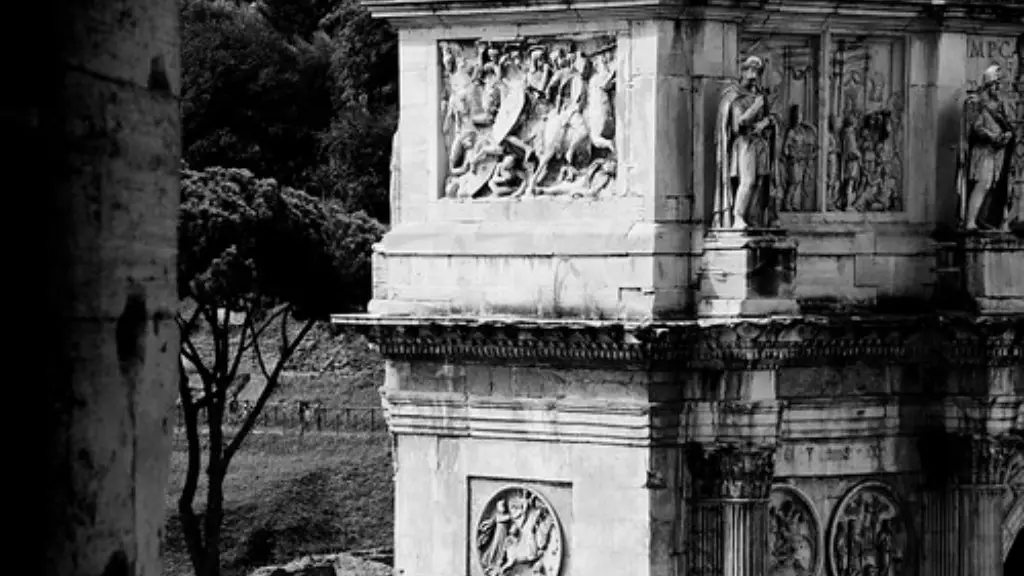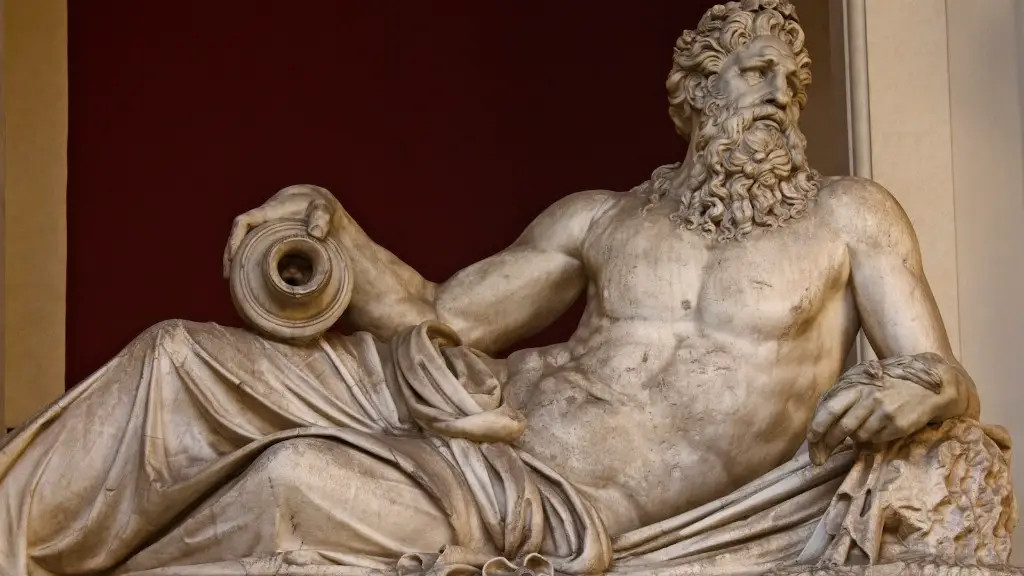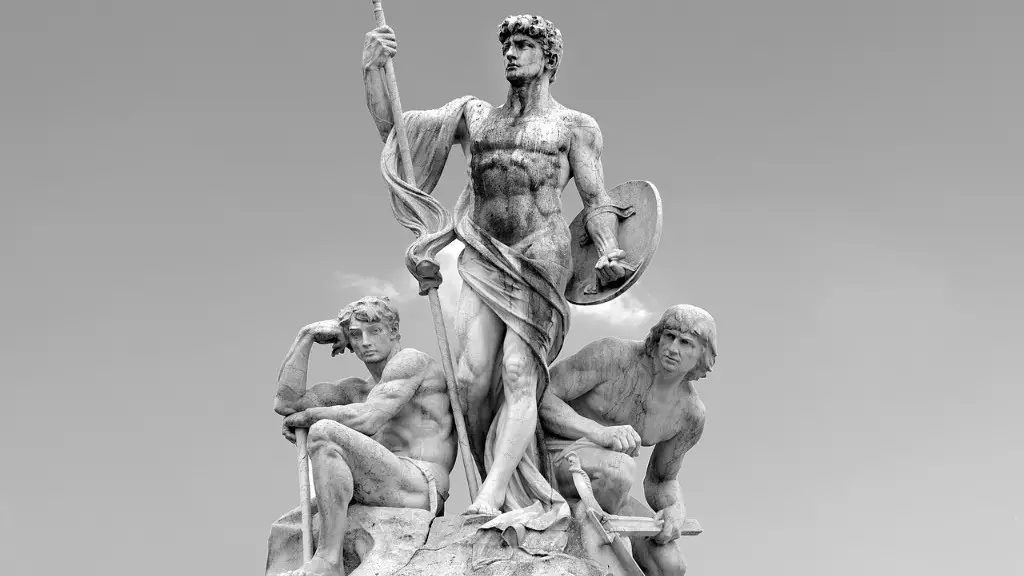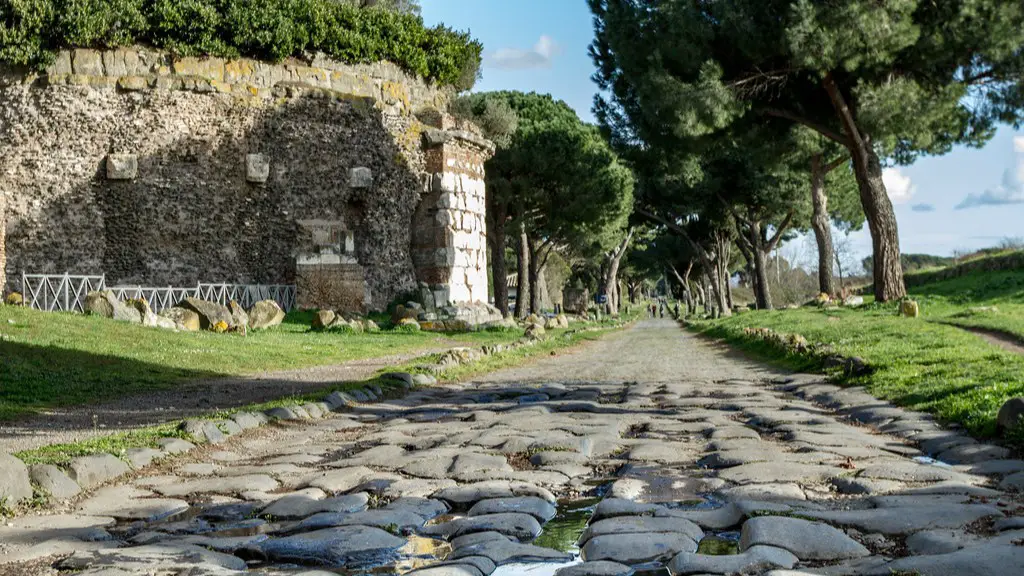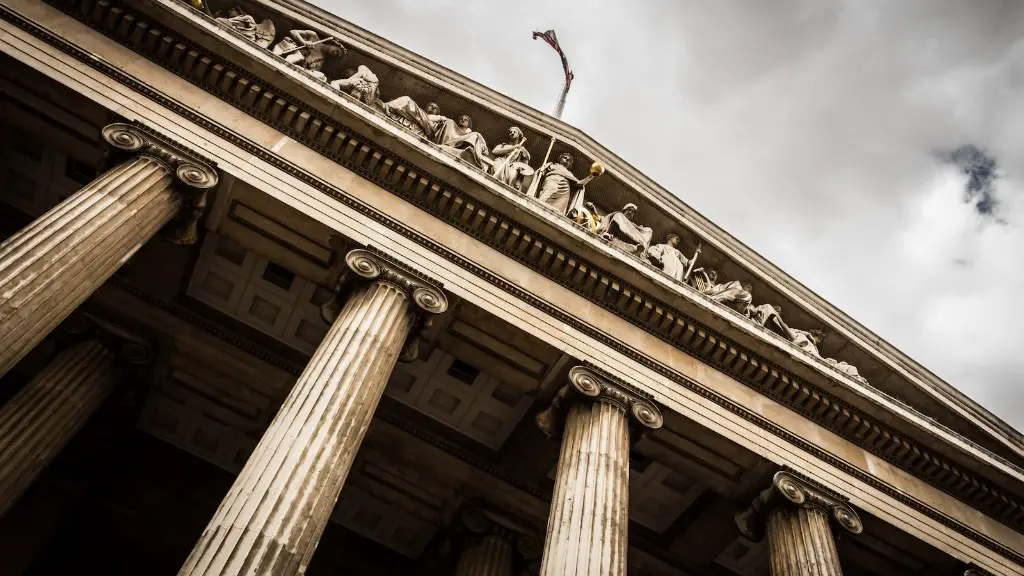What Was the Structure of Ancient Rome Government?
Ancient Rome was an industrial superpower with a complex, sophisticated system of government. At its peak, Rome had over one million citizens and conquered most of the then known world. It was a society divided, with citizens and non-citizens, nobles and plebeians, all with different rights and obligations under Roman laws. The government of Ancient Rome was based on three main branches: the Senate, the Popular Assembly, and the Executive branch.
The Senate was the most powerful branch of ancient Rome government. The Senate was the governing body of Rome and was made up of the nobility and aristocratic families. The Senate passed laws, conducted foreign and domestic policies and could declare war. Senate members appointed judges and government officials, including Senators, consuls and praetors.
The popular assembly, or the Popular Assembly, also known as the Roman Assemblies, were responsible for passing laws. The assembly consisted of all male citizens, who were organized into three categories: Plebeians, Patricians, and Freedmen. Plebeians were the commoners, Patricians were the upper class, and Freedmen were former slaves and freedmen of Roman citizens. The assembly had the power to pass laws, elect officials, and even declare war.
The Executive branch of Roman government was formed of the consuls, praetors, and other magistrates. The Executive branch was responsible for executing the laws passed by the Senate and the People’s Assembly. The consuls were the highest-ranking officials in Rome, and were elected annually. The praetors were responsible for the law and order of Rome, and for the administration of justice. Other magistrates included the censors, who were responsible for the registration of citizens, the aediles, who were responsible for public works, and the tribunes, who were responsible for defending the rights of the people
Apart from the three branches, Ancient Rome had a legal system that was influential in shaping the modern legal system. The basis of Ancient Roman law was the Twelve Tables, a law code inscribed on tablets and publicly posted on the Forum. This law code established the principal rules of law in Ancient Rome, and provided citizens with protection against the arbitrary laws of their rulers.
Ancient Rome was an incredibly complex system of government, and although it is no longer in existence, its legacy has shaped much of the present political systems across the world. Ancient Rome was one of the first cradles of democracy, providing a blueprint for more modern political systems, including the American system of government.
Senate Powers
The Senate was powerful central part of government in Ancient Rome, with the power to influence most aspects of public life. It had the power to pass laws and declare war on foreign enemies. It was also an advisory body to the Roman leaders and the various magistrates in Rome. The Senate was composed of the patrician class, who were the members of the wealthy and noble families of Rome. Patricians were exempted from taxes, and thus, were given considerable influence in the Senate.
The Senate also had the power to elect and appoint public officials, including magistrates, senators, and consuls. It was their job to determine who was fit to hold public office. They also chose who was eligible to participate in elections, and the voting criteria used to make those decisions. The posting of directives and proclaiming of emergency decrees could only be done by the Senate.
Popular Assembly Powers
The Popular Assembly was an important branch of the Ancient Rome government and was the voice of the people. It was the only body in Rome that could pass laws, elect public officials, and declare war. The Popular Assembly was composed of all male Roman citizens, organized into three categories: Plebeians, Patricians, and Freedmen. Plebeians were the commoners, Patricians were the upper class citizens, and Freedmen were former slaves.
The Popular Assembly had the power to elect officials, to pass laws, and to call for elections. Roman leaders obeyed the laws passed by the Assembly, as they feared that their power would be diminished if they failed to do so. It was also the duty of the Assembly to resolve disputes among citizens, to allocate funds for public construction projects, to approve treaties with foreign entities, and to supervise the daily operations of government.
Executive Branch Powers
The Executive branch of the Roman government was composed of the consuls, praetors, and other magistrates. The Executive branch was responsible for executing the laws passed by the Senate and the Popular Assembly. The consuls were the highest-ranking officials in Rome, and were elected annually. The praetors were responsible for law and order and for the administration of justice. Other magistrates included the censors, who were responsible for the registration of citizens, the aediles, who were responsible for public works, and the tribunes, who were responsible for defending the rights of the people.
The Executive branch was responsible for ensuring that the laws of Rome were faithfully executed. It was also responsible for the collection of taxes, the administration of justice, and the management of public finances. The Executive branch had the power to issue commands and appoint public officials, to levy taxes, and to declare war.
Legal System
Apart from the three branches, Ancient Rome also had an effective legal system. The basis of Ancient Roman law was the Twelve Tables, a law code inscribed on tablets and publicly posted on the Forum. This law code established the principal rules of law in Ancient Rome, and provided citizens with protection against the arbitrary laws of their rulers.
The Twelve Tables contained principles such as the principle that laborers should receive the wages due for their labor and contracts should be enforced by the courts. The legal system in Ancient Rome also provided guidance for matters such as marriage, adoption, inheritance, and criminal law. It was not a perfect system, but it was a system of law that provided citizens with an effective way to seek justice.
Political System
The political system of Ancient Rome included the three branches of government, the Senate, the Popular Assembly, and the Executive branch. It was divided into three classes, with the patricians at the top, followed by the plebeians, and the freedmen at the bottom. This division of society and classes gave the patricians considerable power and influence in the government and society of Ancient Rome.
The political system of Ancient Rome had many influential aspects, such as the Senate, the Popular Assembly, the legal system, and the division of classes. It influenced much of the political systems in place across the world today, and many of the ideas and principles in the modern legal system were taken from the political system of Ancient Rome.
Religion
Religion was an integral part of Ancient Roman life. The religion was polytheistic, with many gods, goddesses, and other supernatural beings worshiped. Religion was closely interwoven into daily life in Ancient Rome and the government used it as a way to manipulate the masses. It was the Roman government that declared which gods and goddesses were to be worshipped and provided the funding for the construction of temples and monuments devoted to them.
Religion was also an important tool used to keep order in the Roman Empire. Laws were based on the beliefs of the gods, and breaking them would result in punishment. Religion was also used to unite the people of Rome and to help foster a sense of common identity amongst its citizens.
Legacy of Ancient Rome
Ancient Rome left an impressive legacy. It influenced much of the political systems across the world today, including the American system of government. The Roman legal system provided a blueprint for the modern legal system, and many concepts and principles in the modern legal system were inspired by the Ancient Roman legal system.
The religion of Ancient Rome also left an impressive legacy. The gods and goddesses worshiped by the Romans are still known today, and Ancient Rome played a major role in perpetuating belief in them. Ancient Rome also helped shape much of the way we look at politics and government, providing a foundation for more modern forms of government.
